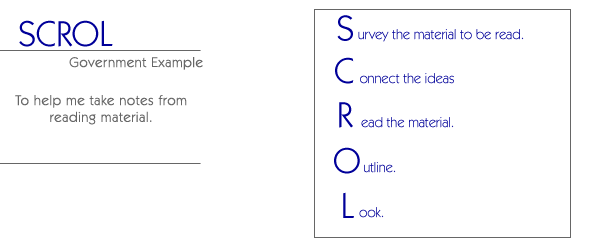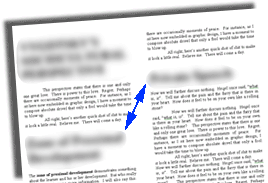S
urvey.
"This is a chapter about
the Bill of Rights. There are three main headings. One is on
adding the Bill of Rights, one on the protections of the Bill
of Rights, and one on interpreting the Bill of Rights. In the
section on adding the Bill of Rights there are three subheadings
- the amendment process, the debate in Congress, and the proposal
and the ratification. In the section on the protections of the
Bill of Rights there are four subheadings - protections of individual
freedoms, protections against abuse of power, protections of
the accused, and protections of other rights. In the section
on interpreting the Bill of Rights, there are three subheadings
- the role of the courts, the Tinker Case - students and free
speech, and the Skokie case - freedom from Nazis."
|
|
C
onnect.
"All the subheadings in the section
on adding the Bill of Rights describe how the Bill of Rights
came about. Some of the key words are amendments, debate, and
ratification. The different types of protections provided by
the Bill of Rights are in the next section. key words are protections,
rights, and freedoms. The last section decribes court decisions
based on the Bill of Rights. The name Tinker is important and
the town of Skokie is important."
|
|
R
ead.
"Now I will read the information
under each heading. I will write down the words that are boldfaced.
These words are amendment
and Senate and House of Representatives."
|
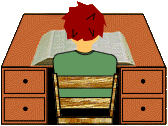 |
O
utline. 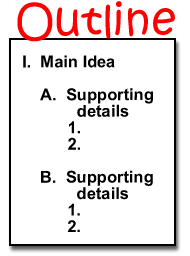
"I will make an outline of
what I just read. I will include the major headings
and the subheadings."
- Adding the Bill of Rights
- The amendment process - how
bills are proposed.
- The debate in Congress - arguments
for and against the Bill of Rights.
- How the Bill of Rights was ratified.
- Protections of the Bill of
Rights
- Protection of individual freedoms
- Amendments 1 - 4.
- Protections of the accused -
Amendments 5 - 10.
- Interpreting the Bill of Rights
- The role of the courts.
- The Tinker Case and protection
of free speech.
- The Skokie Case and protection
of freedom of expression.
|
L
ook.
"Now I need to re-read the chapter.
After I read, I will fill in my outline with any information
I left out that is important to know."
|
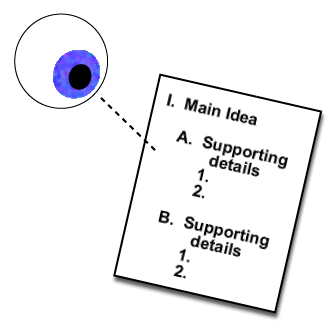 |
|
|
|
|

